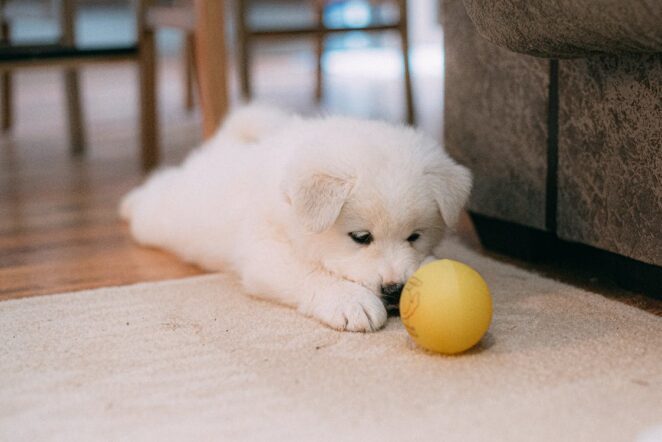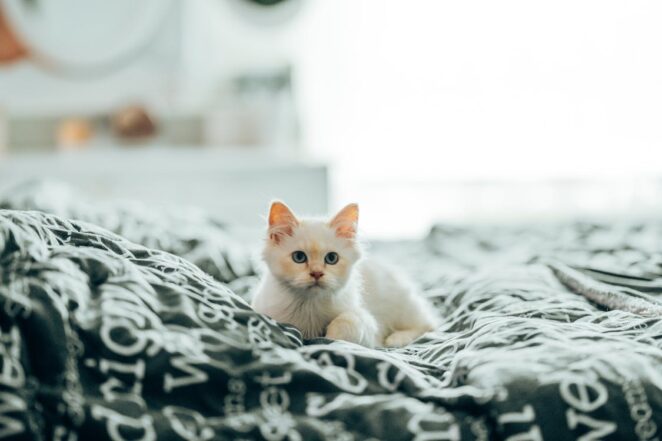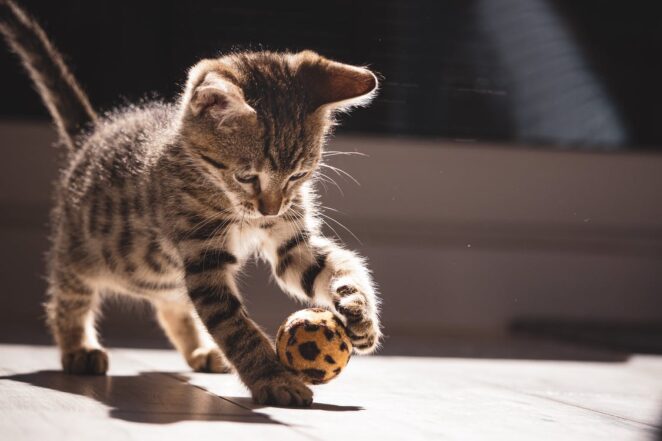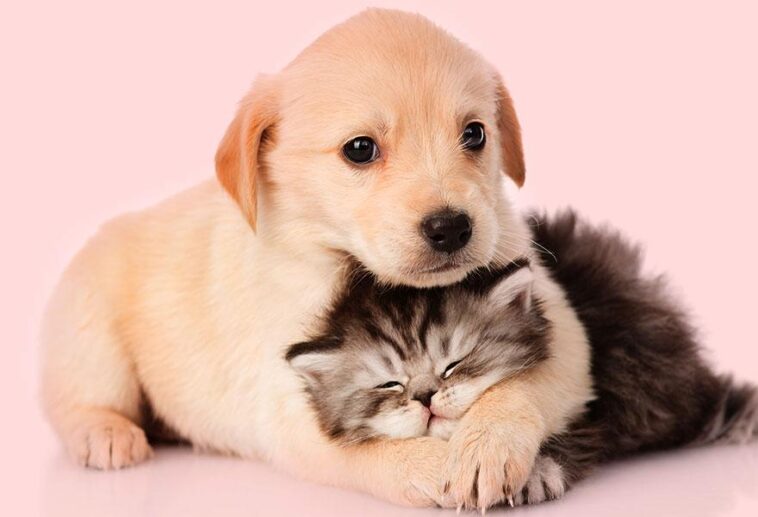Deciding to welcome a new furry or fluffy addition to your home can be one of the most enjoyable experiences. The sound of tiny pads and paws pouncing through the home can bring endless enjoyment and love.
With so many homes looking at adopting or purchasing a kitten or puppy during the festive season, we look at what steps you can do to ensure your new addition settles easily into their new environment.
Puppies

Before you bring your puppy home there are some basic things to consider. Firstly, where will your new puppy sleep during the day and night when you cannot supervise them? This is very important as your pup will need a nice quiet space to sleep.
Puppies love to sleep. Not only does this help with their growth, but also their overall temperament. Having a nice quiet space that is penned or a crate area is a great idea in the early days.
Not only will this help with issues such as separation anxiety from occurring, but it will also allow your pup to gain access to a zone where they will not be disturbed when they are needing a little break. If your pup is already going through an anxiety disorder, it’s important that you understand your anxious dog. Click here to know more.
This area is also wonderful for those times you cannot actively supervise your puppy. This can help with toilet training and any issues such as chewing on unsuitable items – cue the chair legs!
Another top tip – write down a list of rules that you will expect when your pup is fully grown. Snuggling a cute puppy on the couch or in your bed may sound wondrous, but it might be a different story if your pup is set to grow into a 45kg dog! Having a good set of rules that the whole family is aware of can help prevent any behavioural issues later down the track.
It’s also a good idea to be prepared;
- Suitably sized food and water bowls
- Good selection of chew toys
- Snuggle toy
- Collar and lead
- Appropriately sized dog bed
- Breed-specific puppy food
- Dog crate or pen

When it’s time to collect your new puppy, it’s a good idea to plan and take a few quiet days to settle your new addition. It’s important to remember that your pup has most likely just left its littermates and mother. It’s a very big transition for a little puppy and it’s not uncommon to hear of new pups feeling a little blue for the first week they are in their new environment.
They may be reluctant to play and just want to snuggle and sleep. But don’t worry, in no time at all they will be that bouncy, licking puppy once they feel secure and settled. Some puppies are fine right from the start, while others may take a few weeks to adjust to their new life. Patience and love are all that is required.
The quickest way to get your puppy settled is routine and rules. Feeding at the same time of day, in the same area is a great place to start. Training is a good way to have a common language with your pup and it should begin as soon as your puppy arrives home. Basic commands – like sitting before a meal – will help your pup feel secure. Having a good, patient, and kind leader is what your puppy will thrive on.
As with all dog training; it should always be positive and rewarding. It’s all about learning how to speak the same language and create strong bonds, not forcing your puppy to do as it’s ‘told’. Training also keeps your puppy safe. A strong recall command is vital to keep your pup and fully grown dog safe particularly around traffic or the accidental incident of a gate being left open.
Kittens

When bringing a new kitten home, it’s a good notion to have a dedicated space for your new arrival. A bedroom or even a bathroom will work wonders for this. Pop in this area a cat scratcher, a hidey-hole, snuggly bed, toys, food, water, and a litter tray. Always remember to keep the litter tray away from the food and water bowl. This will prevent your kitten from getting sick.
New kittens can be very scared when first coming home. Cats are highly territorial animals so the process can take a little longer for them to feel confident and settled. If you can, ask to have a blanket from the breeder or something that has been with them and their littermates. This familiar smell can help them feel secure until they are 100% settled into their new environment.
Your kitten will need to stay in this space for a few days until they want to explore further. All kittens need to go at their own pace to prevent them from becoming scared and skittish. Once they start to become more curious you can allow them to slowly map and explore the home. Don’t be surprised if they run back to their ‘safe zone’ when they become a little fearful, this is completely normal.
Top tip – if you are using a hooded litter tray, ensure you take the door off until your kitten grows. Many kittens cannot push the door open, and it may lead to toileting issues that can be difficult to fix. It’s also a good idea not to let your cat outdoors until they are at least 16weeks old.
Many breeders suggest 6months or keeping your kitten completely indoors. Indoor cats live longer and healthier lives than their outdoor dwelling cousins. Building specially designed cat enclosures can also allow your cat to enjoy the great outdoors without all the dangers that go along with it.

To Conclude
It takes time to introduce a new puppy or kitten to your family, but with enough planning and patience, it may be all you’ve hoped for. So patiently spend more time with your puppy or kitten, and your pet will settle down much faster than you expect.




